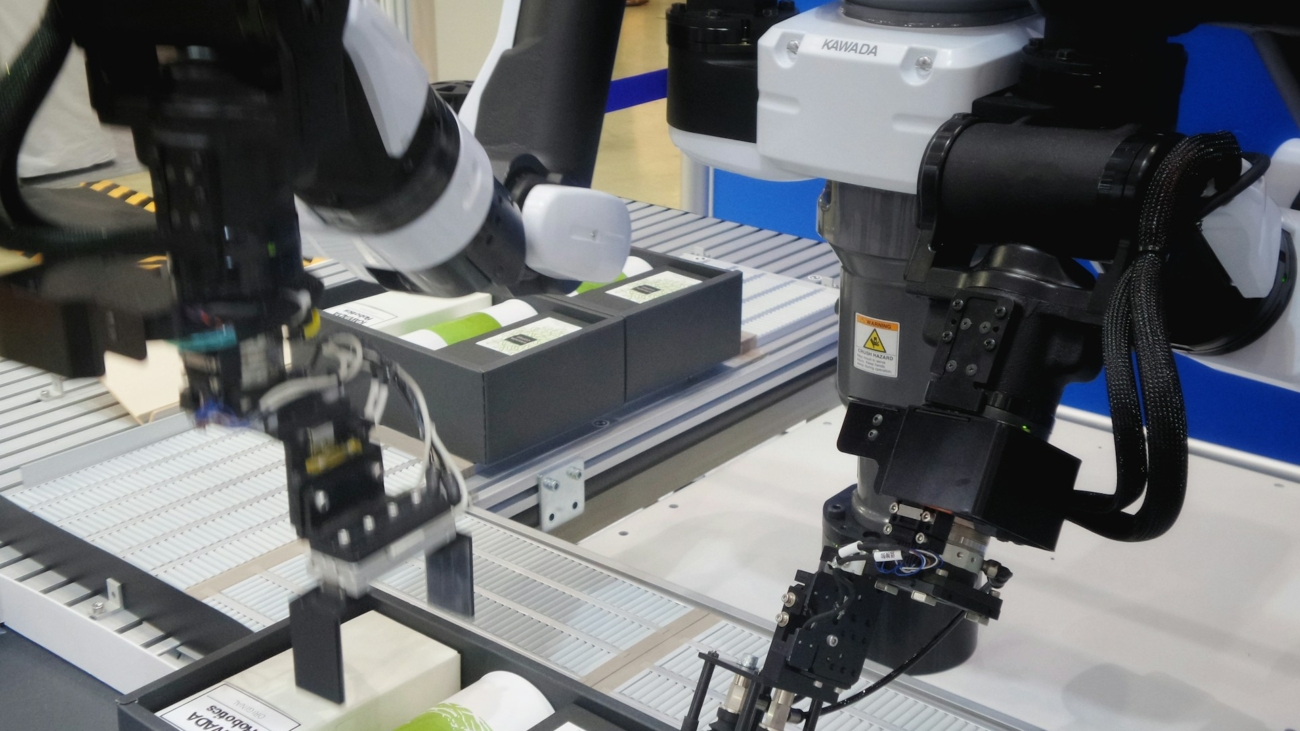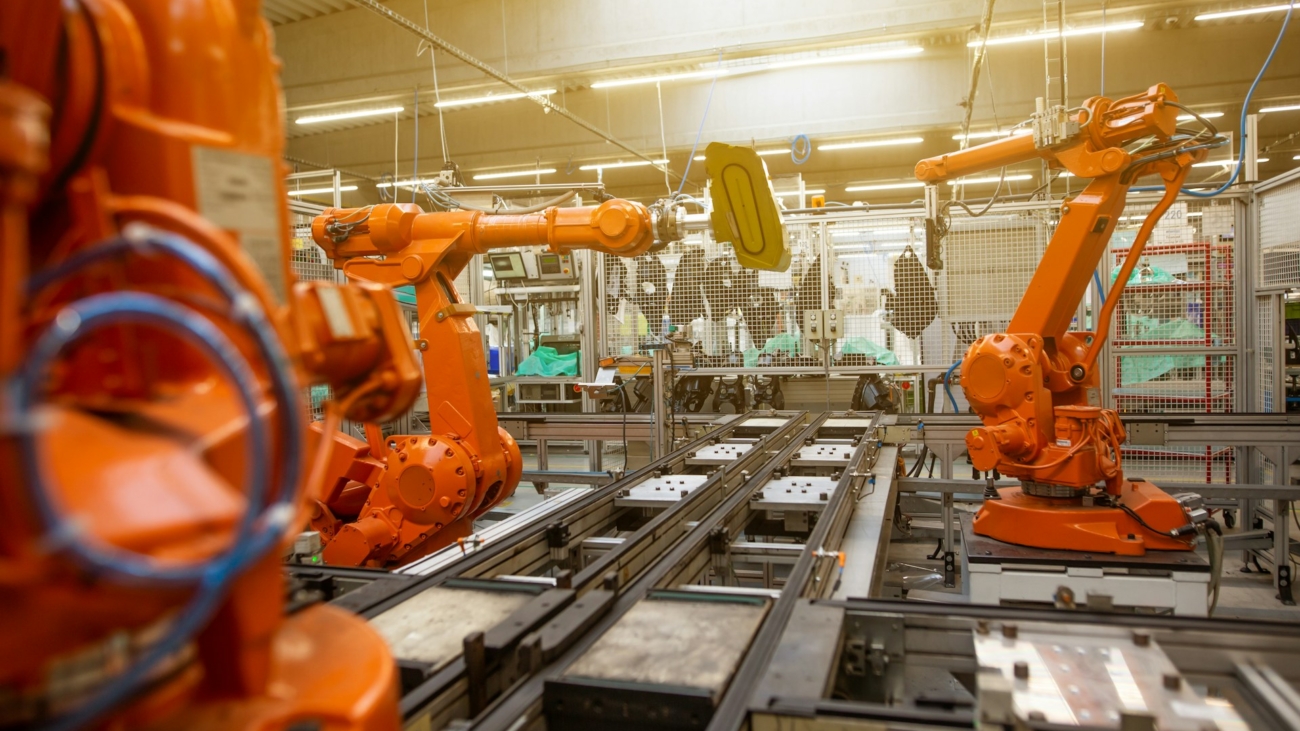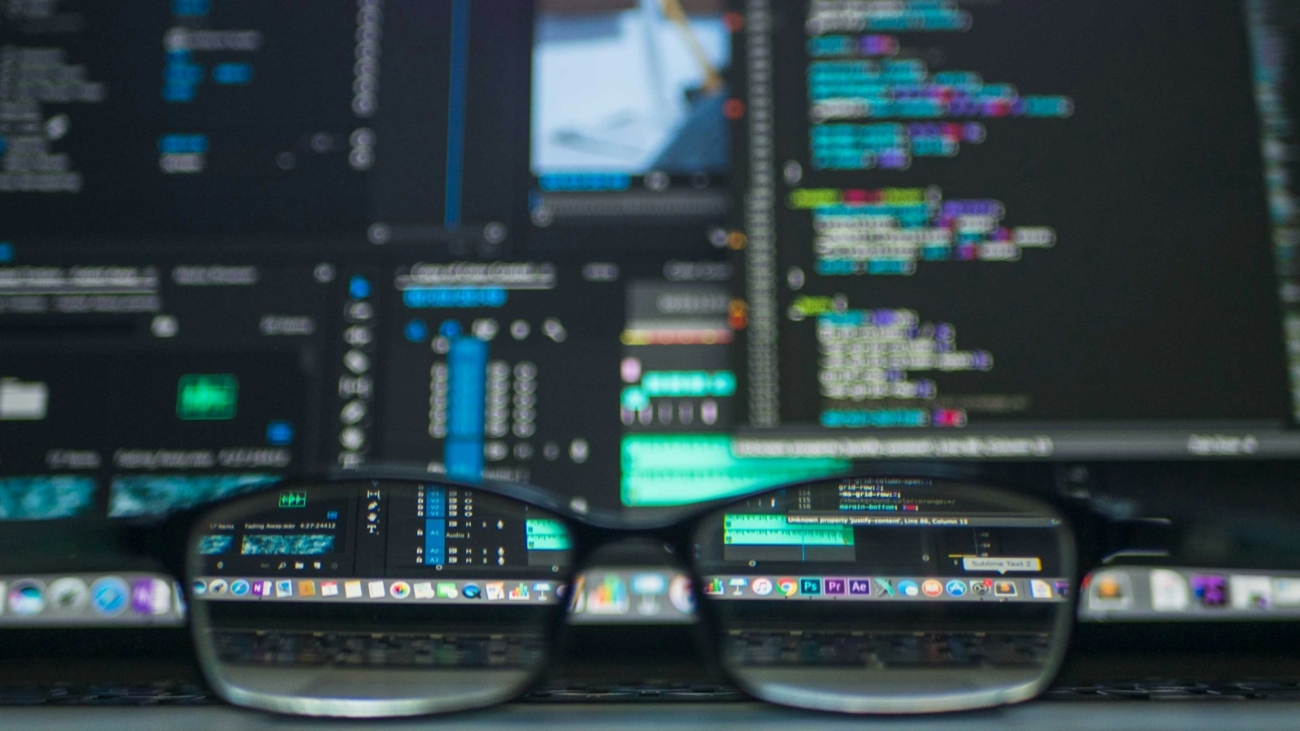In industries where long work hours are common—such as manufacturing, logistics, and transportation—operator fatigue has become a significant concern. Extended shifts and repetitive tasks contribute to mental and physical exhaustion, increasing the likelihood of human error. These errors can lead to reduced productivity, equipment damage, or, worse, serious accidents.
Automation Makes Us Faster, But Maintenance Keeps Us Going
We live in a world where machines build our cars, pack our groceries, and sort our packages at lightning speed. Automation is no longer the future—it’s the present. But there’s one critical piece that often gets overlooked: maintenance. Machine maintenance is not just fixing things when they break. It’s about preventing failure before it happens. It’s about protecting the massive investments we’ve made in automation and ensuring the precision and performance we count on every day.
Pick-and-Place Robots: How Are They Benefiting Malaysian Automation?
The Malaysian automation sector undergoes major changes because more pick-and-place robots get integrated into operations. Multiple industries including electronics manufacturing and food processing are witnessing changes due to these adaptable machines. The capability of these systems to execute repetitive tasks quickly and precisely shows great value in boosting productivity and lowering operational expenses.
AI vs. Automation: A Deep Dive
Although automation and artificial intelligence (AI) are sometimes used interchangeably, they are two different ideas with different uses and applications. Understanding the quickly changing technology world requires an understanding of their peculiarities.
AI Vision: The Next Frontier in Innovation
Computer vision enables AI-powered machines to independently learn and perform a variety of tasks. These machines rely on a combination of cameras, algorithms, and data to accomplish this. For computer vision to function effectively, it needs a large database, as these systems continuously analyse information to derive all the necessary insights for their specific purposes.
Automation isn’t taking jobs, they are transforming them
The topic that spirals around the rise of automation often sparks fear and anxiety among people. Major headlines covered by many media outlets scream about robots taking our jobs, leaving us unemployed while awaiting a future dominated by machines… But is this the reality of it?
Understanding Motion Control: A Guide to Types and Applications
Motion control, a critical element of industrial automation, is the technology that governs the movement of machines and robots. It’s the brains behind the brawn, enabling precise and repeatable movements, crucial for achieving high levels of efficiency and accuracy in manufacturing processes.
MIRAI Achieves Malaysia Digital (MD) Status, Recognised by MDEC
We are proud to announce that Mirai Industrial Automation (M) Sdn Bhd has been awarded the Malaysia Digital (MD) Status by the Malaysian Digital Economy Corporation (MDEC)! This recognition is a testament to our hard work and dedication in driving innovation and excellence in the field of automation and IoT.
The Future of Automation: Where PLCs and Robotics Collaborate
Imagine a bustling car assembly line, where robots and machines seamlessly perform tasks from welding to painting to installing parts. All of them are coded with specific directions, detailing the exact actions, timing, and order needed for each task. But how do these machines know what to do and when? That’s where PLC programming comes in!
Beyond the Lens: The Rise of Computer Vision and its Applications
For many years, human inspectors had been the gatekeepers of quality, carefully examining each product with their trained eyes. Today, a silent revolution is underway.
From detecting minute flaws on assembly lines to predicting potential accidents on the road, computer vision is proving to be a game-changer in automotive. Let’s explore the various applications of this technology in the intriguing world it operates in.










